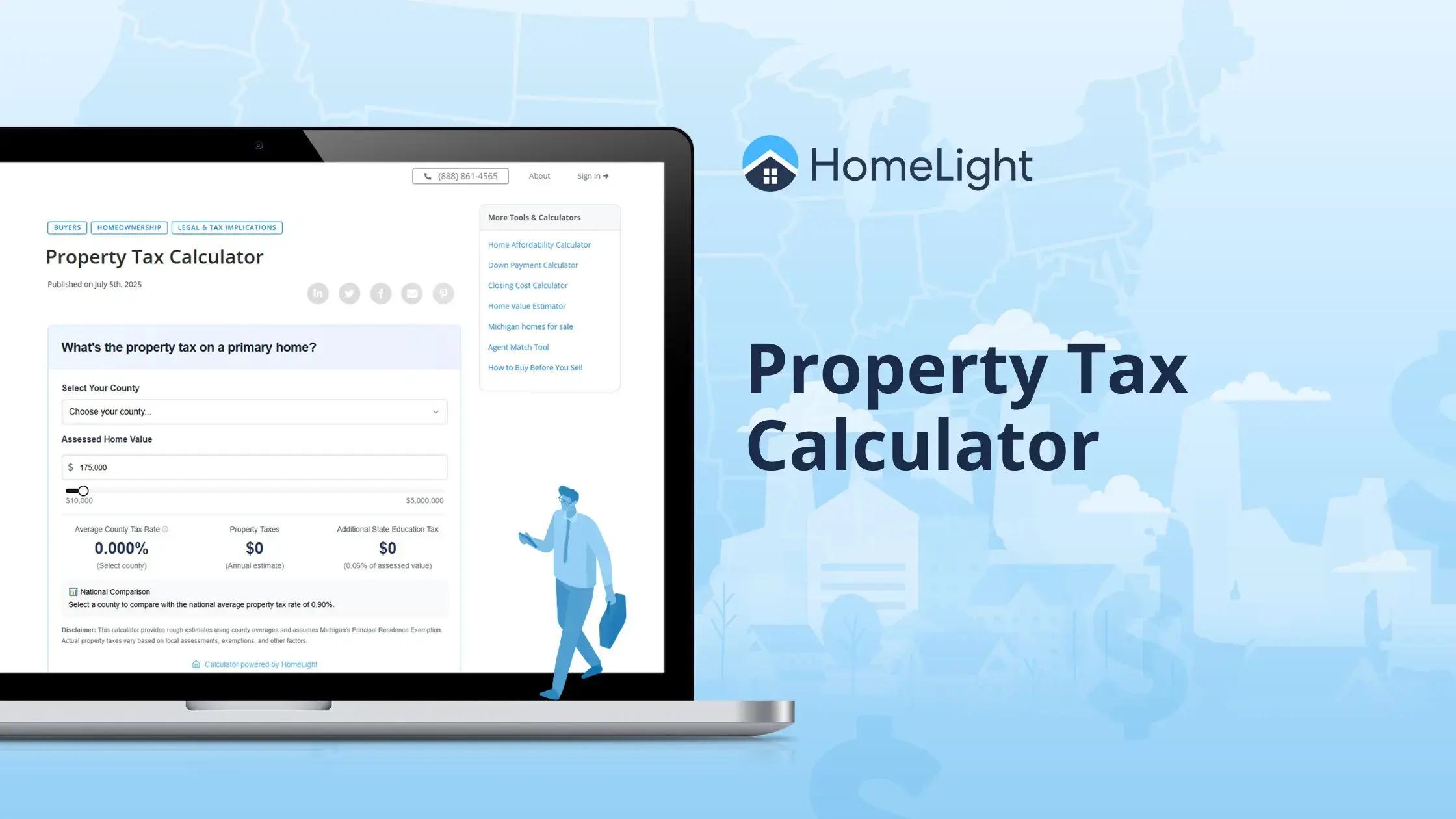
There’s a certain amount of time a home can sit on the market before the listing just starts to feel tired and stale. If your home has reached this point, you may be considering delisting and relisting it so it appears fresh and new to searching buyers. Taking this action has both risks and benefits, especially in a shifting housing market like the one we’re in now. With guidance from a top real estate agent in Los Angeles, we’ll cover what those pros and cons are and how to decide if delisting and relisting is right for you. At its core, delisting and relisting real estate means deactivating all content designed to market the property and then giving the process another go when you’re ready. More often than not, this entails taking the property off the multiple listing service (MLS) in your area and placing it back on after a strategic amount of time. There can be a number of reasons why some homes are removed from the MLS and then placed back on the market. Some of those reasons include: A home’s DOM can tell a lot about the property’s desirability or demand. The longer a home sits on the market, the more potential buyers start to wonder what might be wrong with the home. It also impacts the likelihood of the home selling for a good price. “People want what is wanted,” explains Courtney Poulos, a Los Angeles real estate agent who sells properties 40% faster than the average agent in her area. “They want to compete for things that other people want too.” The average DOM in the U.S. in November was 24 days, according to the National Association of Realtors. This was up from 18 days in November 2021. Under the current conditions, Poulos says sellers should consider revamping their listings after about a month of slow activity. “If your property hasn’t received any offers and it’s not getting at least five private showings a week, then you’re probably overpriced,” she says. While overpricing is the most common reason for extensive days on the market, there can be other issues that need addressing, she says. “A lot of times, a lot of days on market can just be really terrible photos. If the photos that the seller’s agent has chosen don’t actually create a type of feeling in a buyer going through a million listings on Redfin, then it’s going to sit.” With these insights in mind, home sellers need to consider the differences between revamping and relisting. Revamping a listing might include improved photos, a more appealing description, adding drone footage or a virtual tour, and even a price adjustment. Though delisting and relisting is often a good strategy to take for homes that are withering on the market, it does carry some risk as well. Here’s a list of some primary pros and cons: Your home may be labeled “a problem” house: The last thing a seller needs is a home with a bad reputation. Savvy homebuyers and their agents will know the home listing is not new. Buyers may wonder if the property has issues that are making it difficult to sell. You may receive lowball offers: Buyers and house-flipping investors who recognize the home has been relisted may try to take advantage of the situation and hope you fall for a lowball offer. Unless you’re in desperate need to sell the home quickly, don’t give in to these attempts to steal your property for a deal. Even interested buyers may pull back: Relisting at a lower price may encourage buyers to “wait and see,” hoping the price will drop again. Buyers will be drawn to other homes: As a seller delists and regroups to relist, the property is no longer being marketed to potential buyers through the MLS. Those buyers are turning their attention (and offers) to other homes. Relisting correctly costs money: One of the biggest mistakes you can make is relisting your home at the same price, with the same photos, and in the same condition, Poulos says. “It is delusional to think that it’s going to just sell itself,” she explains. “If it didn’t do it before, it won’t do it again. You have to make it look different and bring it to different buyers in a different light, and that requires some investment, both from the agent and from the seller.” Resets the days-on-market clock: This is a common strategy among some real estate agents or for-sale-by-owner (FSBO) sellers using a flat fee MLS service. The agent or seller withdraws the stale home listing from the MLS and lists it again as a newly-listed property. Some agents take this action to show zero days on the market because many buyers gravitate toward new listings. The practice can be effective if a buyer is not aware of the relisting or doesn’t care, and the strategy worked to get the buyer’s attention. Allows time for improvements or repairs: “The pro of going back on the market is that you have an opportunity to do it right the second time,” Poulos says. This may mean taking a critical look at the condition and offerings of your home. An agent with a keen eye should be able to spot things buyers may find unappealing, such as poor grout work, outdated kitchen cabinets, or doors that don’t close properly. “All of these things that people were getting away with before now have to be fixed again,” Poulos says. Less competition: In times like these, when sellers are discouraged about the slowdown in the market, you may find that trying again means you’re reentering a marketplace that has less inventory. “A lot of sellers are scared off by news headlines that it’s a bad time to sell, so you have a little less competition,” Poulos explains. “So if you actually do the work of making it beautiful, clean, and sexy, you’re going to be a standout. Real homebuyers who need to find a place to live are going to pay attention to you. Where in the past, you might have been lost in a sea of inventory, now you can stand out.” The amount of competition you face will depend on your home type, its location, and the condition of the housing market in your area. If you are making a change because you aren’t receiving any credible offers, there are some things you should do before you decide to delist and relist a home. These include: The first step is to ensure that your listing is active on all marketing platforms. Check to be certain your home is showing, and displaying correctly, on the MLS and other major real estate websites. If you are selling the home without a real estate agent, or working with an inexperienced agent, the issue could be that your home is not priced correctly. This is the most common reason homes tend to sit on the market too long. “If you overprice a home in this market, it’s going to sit for months, or people will make lowball offers, but you won’t get your numbers,” Poulos says. “Strategic pricing becomes even more important now.” If your home proves to be priced right, and it’s appearing on the MLS, consider how it’s being presented. During the hot housing market, sellers could do the bare minimum and their homes sold for a premium price. But in the current cooler market, a lot more effort and money are required to get buyers’ attention. “The reality of the market, as it is, is that it’s in an adjustment period — not just for interest rates, but for seller and agent expectations,” Poulos says. This means spending the time or money to: “You can’t get away with two weekend open houses and multiple offers in this market anymore,” Poulos says. “You have to have the manpower or a plan to be able to accommodate multiple showings and multiple open houses.” Reach out to buyers or their agents who did not make an offer, and listen to their feedback. You can learn a lot from those firsthand shoppers. “That feedback is so valuable,” Poulos says. “You need to dig back through every single agent, every single buyer that toured the house, and find out what it is that was the hurdle for them. If you ask honestly, most people are more than willing to share their opinion with you.” Each of these five recommended actions can help a seller assess what’s not working so that they can make an informed decision on whether to relist or regroup. Consider if you’re working with the right agent: Ask yourself, ‘Has my agent done their best to sell my home?’ If the answer is no, are you willing to give the agent another chance? “Sometimes, it is the agent’s fault,” Poulos says. “Who you work with really does matter. Choosing an agent who is not lazy, who knows how to work, and is not afraid to spend some money is critical.” Adjust your expectations: Considering how quickly the market has fallen from the saccharine highs of the pandemic homebuying boom, many sellers are struggling to accept that home prices are simply no longer what they were. “I don’t think it’s a bad market for sellers, but their expectations have to come down to meet the market,” Poulos said. “You have to be realistic.” HomeLight surveyed over 1,000 top real estate agents across the country to understand how seller expectations may need to be adjusted in 2023. 32% of agents surveyed say that sellers are now revisiting offers they had previously declined from buyers. Pause your listing or home sale plans and sell later: Depending on what you’re trying to accomplish with your home sale, this may be the best option for you. If you’re planning to sell and immediately buy a new home, then now is as good a time as any to make the transition. “It’s okay to take less on the sale so that you can make more money on the savings on the buy,” Poulos said. “That shouldn’t stop you.” But if you need a particular amount of money from the sale and it doesn’t appear you can reach that number in this market, then patience is perhaps the answer. To inform your decision, try plugging your city and state into our Best Time To Sell calculator. It uses current housing market data to determine which months are the best and worst for selling a home in your area. No. It’s wise to take a breath and wait until new buyers come on the market, so you’re not just trying to sell your home to the same audience. “I usually do wait a couple of weeks at the minimum,” Poulos says. Some MLS databases won’t even allow a home to be relisted immediately. Local rules vary, but the waiting period between delisting and relisting can be as much as 31 days. Typically, yes. “Usually, we delist around the holidays when it gets dead because we don’t want to burn days on market,” Poulos said. This natural break in business is a good time to evaluate your listing and consider if there are any improvements you can make before relisting for the new year. One strategy that can draw fresh attention to a stale listing is simply dropping the price – even if just slightly. A lot of homebuyers sign up for automated emails that notify them when a home’s price has been reduced, Poulos says. “[The MLS] will show a price reduction even if it’s just $10. At least it’ll put it back in front of their face.” Before dropping the price, consider changing up the photos and making improvements to the listing based on the feedback you’ve been able to collect so far. Then reach out to the buyers who didn’t make an offer before and tell them about the changes you’ve made. “Say, ‘Hey, would you mind taking a second look? I would love to host you and walk you through one more time.’” Poulos says. “It gives you a reason to reach out, so that’s good.” Determining whether or not to delist and relist your home should be a calculated decision that entails taking a critical look at what you’re selling. “No one should be afraid to look at their product honestly,” Poulos says. Though there are many things you can do to improve your home’s allure, a lack of interest from buyers often comes down to the price tag. “If it’s not selling after you do all the things – you have the great images, you have amazing staging, you jumped all the hurdles you can – then you’re overpriced,” Poulos says. Knowing exactly what to do when your home isn’t selling is no simple task. That’s why it’s important to hire a top real estate agent who knows the market and has experience helping sellers navigate the ups and downs of a home-selling journey. “Now more than ever, you need to trust your agent and choose your agents carefully,” Poulos says. “You need an agent that is able to share confidently and honestly what the changes are that need to be made in order to bring a great product to the market.” Header Image Source: (HayDmitriy / Depositphotos)What does it mean to delist and relist a home?
Why would a home be delisted and relisted?
Why is a home’s ‘days on market’ so important?
A lot of sellers are scared off by news headlines that it’s a bad time to sell, so you have a little less competition. So if you actually do the work of making it beautiful, clean, and sexy, you’re going to be a standout. Real homebuyers who need to find a place to live are going to pay attention to you. Where in the past, you might have been lost in a sea of inventory, now you can stand out.
Pros and cons of relisting your home for sale
Risks of relisting a home
Possible benefits of relisting a home
5 things to do before you delist and relist your home
1. Check that your listing is on the MLS
2. Scrutinize your home’s selling price
3. Review your listing presentation
4. Adjust your selling strategy to fit the market
5. Seek and review feedback from no-go buyers
What other options do home sellers have in a ‘no results’ situation?
Q&A: More expert tips about relisting your home for sale
Should I take my home off the market and immediately relist it?
Should I delist during the holiday season?
Are there other alternatives to delisting and relisting your home?
Look at your home product honestly


